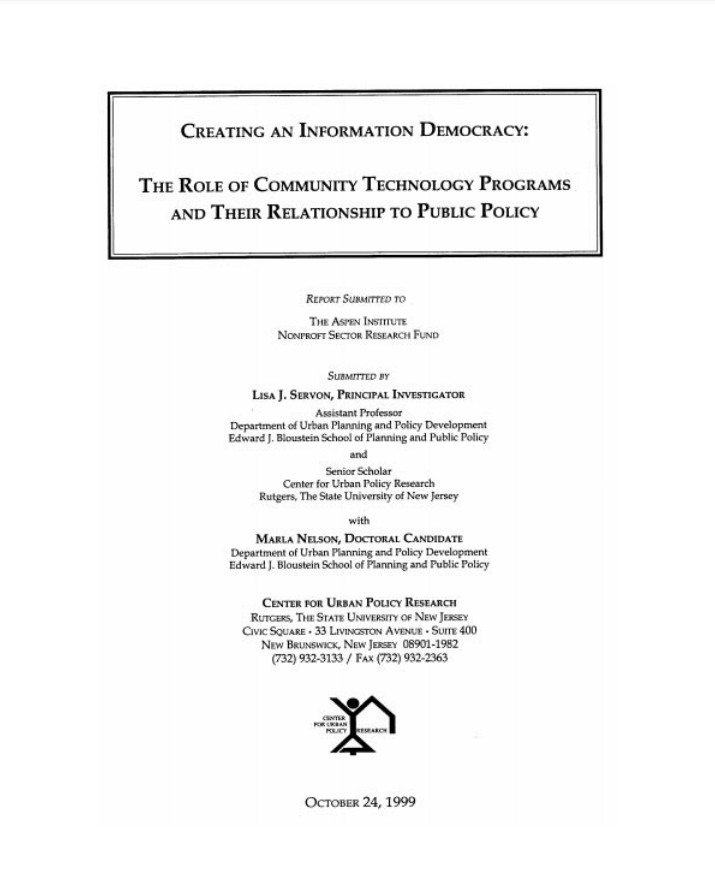Is lack of access to information technology leaving disenfranchised groups even further behind? Sophisticated information technology is no longer confined to the realm of Star Trek or affordable only to top-level executives. Anyone with a modem-equipped home computer can now hitchhike along the information superhighway relatively inexpensively. Computers are as much a part of an office workstation as a telephone, and ownership of home computers continues to increase. As prices for computers continue to drop, overall access to both computers and to the Internet continues to grow “for people in all demographic groups and geographic locations” (NTIA 1999, xiii). According to the U.S. Department of Commerce National Telecommunications and Information
Administration (NTIA), “at the end of 1998, over 40 percent of American households owned computers, and one-quarter of all households had Internet access” (NTIA 1999, xiii). “The Internet,” say Novak and Hoffman, “is expected to do no less than virtually transform society” (1998, 1). But accessibility is far from universal.
Current patterns of access to information technology (IT) hint at a disturbing story in which information “haves” and information “have-nots” are separated along lines of race, socioeconomic status, education level, household type, and geographic location (NTIA 1999, Doctor 1994). Catchphrases such as “the digital divide,” “information apartheid,” and “information poverty” have been coined to capture the nature of this problem and to harness the attention of policymakers and community activists.
